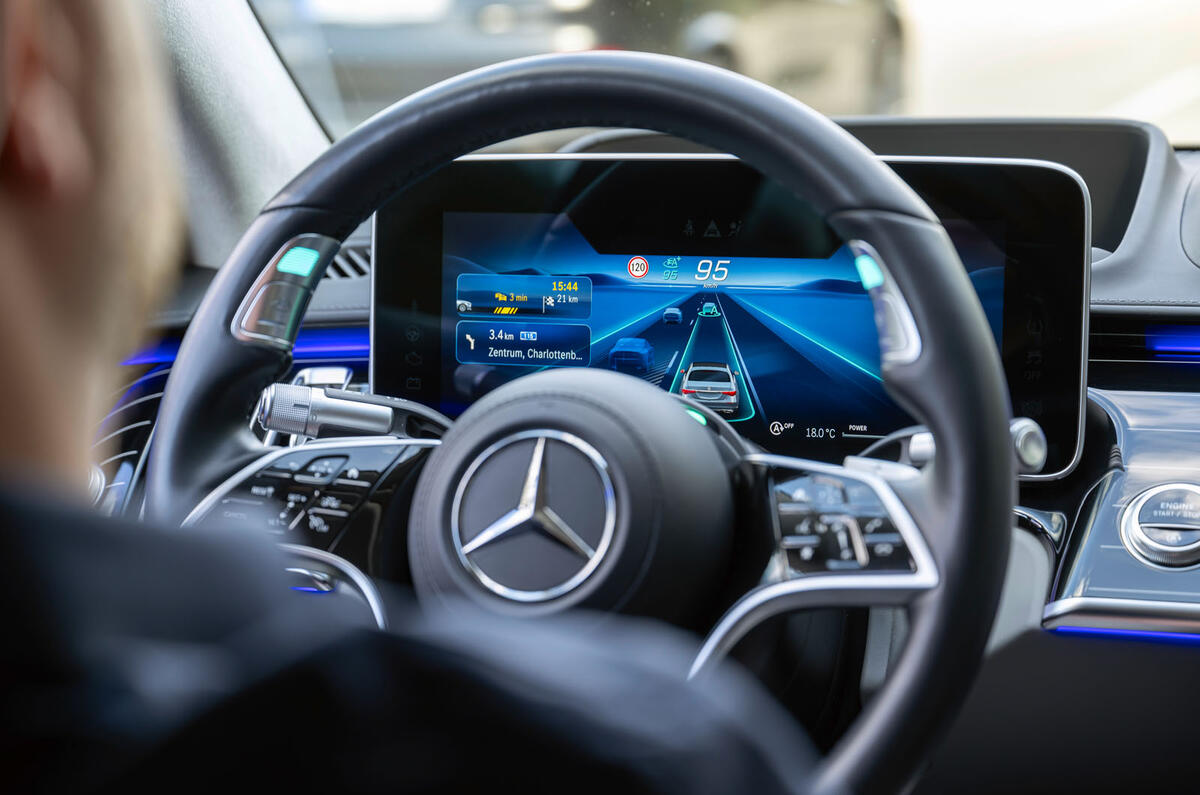What price to hand over the driving to your car?
With useful vehicular autonomy remaining tantalisingly out of reach, mainly due to cost issues, the topic was hotly debated among car makers and automotive suppliers at the recent CES tech show in Las Vegas.




Add your comment